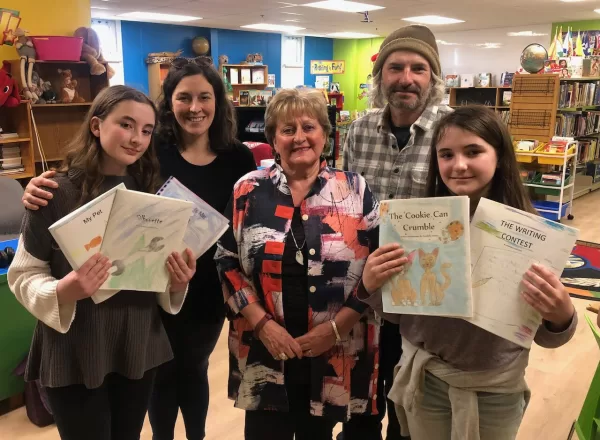New Brunswick is continuing its streak of no new reported cases of COVID-19 in the province. As of Monday it’s been 9 days without a new reported case. Chief Medical Officer of Health Jennifer Russell shared the good news in yesterday’s briefing, but not without some reservations.
“We are no where near ready to declare victory over the COVID-19 virus, as heartening as it is to report no new cases,” Russell said. “COVID-19 is still with us. It will be with us for a very long time. And we need to be able to accurately track its progress and contain outbreaks when they emerge until a vaccine or other treatment becomes widely available.”
Russell asked New Brunswickers to make sure they are getting tested when they need to. Currently, anyone with two of the following five symptom should be getting tested:
- a fever above 39 degrees Celsius
- a persistent cough
- a sore throat,
- a headache,
- and a runny nose.
Russell said the number of symptoms that trigger testing may be adjusted down in the coming days, to ensure that people are indeed getting tested. The province’s testing capacity is 1000 tests per day, however current testing numbers are not reaching that threshold. Currently, New Brunswick has completed just over 13,000 tests across the province, or about 17 tests for every 100 people. That’s on par with other provinces where the outbreak has been small. Russell said capacity will go up to 2000 in the weeks to come.
“It is really really important for people to get tested,” said Russell. “We can’t accurately give information and recommendations around what measures to impose or release without the right information. So our testing levels have to remain as high as possible.”
Russell warned of “tragic consequences” for friends, family or contacts of anyone denying their symptoms, saying she wants New Brunswickers to feel comfortable asking for testing, and not to feel stigmatized.
On Friday the province issued new, slightly loosened restrictions allowing for people to expand their household bubble to include on more household, but the relationship has to be exclusive between the two households, explained Russell, hinting that in weeks to come the bubbles may be able to further expand.
The two household bubble presents a tough choice for New Brunswickers, especially those with ample extended families and friend circles. Russell explained it’s designed to help reduce social isolation, while still minimizing chains of contact that could spread the virus.
“This concept was borrowed from New Zealand,” said Russell, “and in the messaging around their bubble concept, your immediate household is your bubble. And when you expand it to two households, the purpose of that is to minimize your number of contacts while decreasing isolation and all of the negative impacts that come with isolation.”
People living alone could benefit the most from having a second household to interact with, said Russell, but seniors or those who are immunocompromised are also at higher risk, so she recommends households with seniors take extra precautions, and minimize outside contact.
Both Russell and Premier Blaine Higgs mentioned reports of multi-family gatherings and neighbourhood get togethers over the weekend, something Russell said was, “not okay”.
The results of this let down of restrictions will take some time to be known. “Given the incubation period of the virus,” she said, “It may be a couple of weeks before we know if any harm has been done.”
If there is a surge in numbers, New Brunswick may have to take a step backward and increase restrictions again.
“We have very clear triggers in place from a public health perspective,” said Russell, “to be able to go from one phase to another depending on the risks and the numbers.”
Premier Blaine Higgs said that calls to the provincial hotline over the weekend were up from the previous week, with 758 calls coming in. Over the past week, he said, 22 tickets were issues for violations of the public health order.
Higgs also hinted that in the next two to four weeks, non medical masks may become mandatory. Currently the province has strongly recommended the use of non-medical masks wherever physical distancing is hard to maintain.
Higgs tried to clear up some confusion about parks versus playgrounds: while parks are permitted to open, playgrounds are not, because the equipment is considered an easy transfer point for the virus.

There was also confusion surrounding a chart released by the province on Friday outlining the phases of the recovery plan, as well as the triggers that might cause the government to reverse course. The chart initially released seemed to indicate that people would now be permitted to meet in groups of up to 10 people, but the province has since revised the graphic, with the 10-group gathering rule moved to a later phase.

CHMA wants to help answer your questions about COVID-19, public health rules, and anything else that concerns you. Email news@chmafm.com with your questions.


















